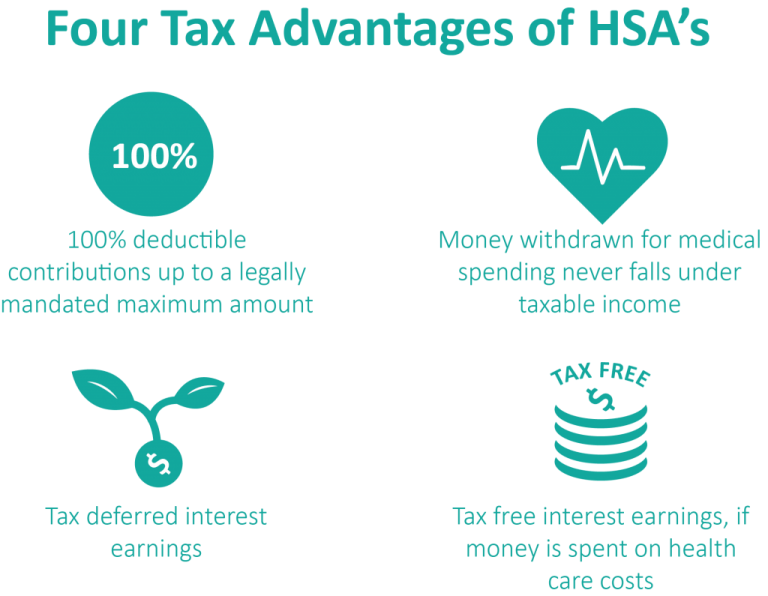According to the HHS Action Strategy to Reduce Racial and Ethnic Health Disparities, the 2 significant elements contributing to disproportionate health problems are inadequate access to care and the arrangement of substandard quality health care services. A number of federal government agencies within the U. How much do home health care agencies charge.S. Department of Health and Person Services work to get rid of the health Addiction Treatment Delray Alcohol Rehab Facility variations experienced by minority populations: The Workplace of Minority Health (OMH) works to improve the health status of racial and ethnic minorities, get rid of health variations, and attain health equity in the U.S. OMH offers Minority Population Profiles for African Americans, AI/ANs, Asian Americans, Hispanics and Latinos, and Native Hawaiians and Pacific Islanders that include numerous pieces of details such as a market overview, educational attainment, health conditions, medical insurance coverage, economics, language fluency, U.S.
The Federal Office of Rural Health Policy (FORHP) has a longstanding worry about the varied health requirements of rural minority populations and supplies info, competence, and grant chances to deal with the injustices found in rural minority health populations. The CDC Office of Minority Health and Health Equity (OMHHE) aims to eliminate health variations for susceptible populations as defined by race/ethnicity, socioeconomic status, geography, gender, age, impairment status, sexuality, gender, and amongst other populations recognized to be at-risk for health variations. Every state has a state office of minority health or health equity workplace charged with decreasing health disparities within their state, supplying state-level health details and resources targeted towards minority populations.
Numerous publications identify and describe the rural health disparities that include city comparisons. The research study Exploring Rural and Urban Death Distinctions offers information tables and online tools displaying mortality rates for the 10 leading causes of death by rurality, age, area, and sex. The 2014 Update of the Rural-Urban Chartbook highlights health patterns and variations throughout various levels of metro and nonmetropolitan counties. The chartbook consists of population characteristics, health-related behaviors and danger aspects, death rates, and health care gain access to and use. Private data tables in the chartbook are readily available in an Excel file. A National Health Care Quality and Disparities Report is released every year by the Agency for Healthcare Research https://easylivingmom.com/3-reasons-why-eating-disorder-treatment-must-address-trauma/ and Quality.
population and rural locations. The report likewise tracks the success of activities to lower disparities. Health Disparities: A Rural-Urban Chartbook is a research study job providing information on health variations experienced by people residing in rural America. Some variations determined are poorer health status, higher frequency of weight problems, lower alternatives for activity, and greater mortality rates. Health, United States provides an annual introduction of national trends in health stats. The report covers health status and determinants, health care utilization, access, and expenses. To see rural information in the Data Finder, choose Metropolitan and nonmetropolitan under Population Subgroups. Rural Healthy Individuals 2020 details a tactical strategy to determine rural health priority locations.

The Rural Health Research Entrance's Health Disparities and Health Equity topic lists of publications and jobs on the subject of rural health variations and health equity established by FORHP-funded rural health proving ground. Rural-Urban Disparities in Healthcare in Medicare examines differences and variations in the quality of Medicare services for rural and urban populations, and consists of rural health variation information by race and ethnicity. The Rural Border Health Chartbook II analyzes rural and urban U.S.-Mexico border counties by comparing them to other counties in the four border states and to other rural and urban counties in the U.S. Provides county-level rates and stats for socio-demographic aspects, health care gain access to, health outcomes, and more. 11 infant deaths per 1,000 births), and infants born to Asian or Pacific Islander mothers experienced the least expensive rates (3. 90 baby deaths per 1,000 births) (NCHS, 2016). In 2015 the portion of low-birthweight babies rose for the very first time in 7 years. For white infants, the rate of low-birthweight babies was basically the same, however for African American and Hispanic infants, the rate increased (Hamilton et al., 2016). Obesity, a condition which has actually many associated chronic diseases and debilitating conditions, affects racial and ethnic minorities disproportionately too. This has significant implications for the lifestyle and wellness for these population groups and their households.
9 percent), and Asians had the most affordable (8. 6 percent) (NCHS, 2016). Again, there is variation amongst Hispanics; Mexican Americans suffer disproportionately from diabetes (HHS, 2015). Heart problem and cancer are the leading causes of death across race, ethnicity, and gender (see Table 2-1). African Americans were 30 percent most likely than whites to die too soon from cardiovascular disease in 2010, and African American guys are two times as most likely as whites to pass away too soon from stroke (HHS, 2016b,d). The U.S. Centers for Disease Control and Avoidance (CDC) reports that almost 44 percent of African American males and 48 percent of African American women have some form of cardiovascular illness (CDC, 2014a).
The Single Strategy To Use For What Is Social Health
Leading Causes of Death by Race, Ethnic Background, and Gender, 2013. Homicide-related deaths, another circumstances of health variations, are greatest for African American men (4. 5 percent) and are at least 2 percent for American Indian/Alaska Native and Hispanic guys. The rate of suicide is greatest for male American Indians/Alaska Natives, who are likewise most likely than other racial and ethnic groups to die by unintended injury (12. 6 percent of all deaths) (CDC, 2013d). It is essential to be cautious with information on variations in poverty, obesity, and diabetes for several factors. Initially, security and other information are appropriate at capturing blackwhite disparities in part since of their big sample sizes.